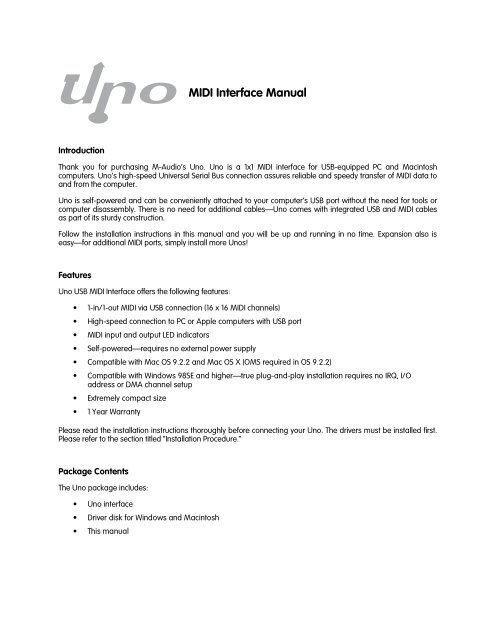
That said, there are PCI and PCIe cards that might also eliminate the problem, as well provide more outputs for gaming and surround. As you might have noticed, I just gave you the solution-go external USB or Thunderbolt. Internal audio solutions, especially those that reside on the motherboard, are susceptible to all sorts of line noise and electromagnetic interference that can’t be eliminated. The other reason I use external USB and Thunderbolt interfaces is that they simply aren’t subjected to as much RFI. I’ve never used one, because the first and second methods are far cheaper and have never failed me. These cost around $50 and are said to indeed eliminate the noise. The third method is to get a USB noise filter (I’ve never seen one for HDMI, but an HDMI adapter could work), which is actually a USB re-transmitter that splits the shield connection. But just to be safe, try to keep your AC cords isolated.

Speaker cables, because of the far stronger signal travelling across them, shouldn’t be affected audibly. If your equipment gives you the option of using balanced outputs or inputs, XLR or TRS (Tip/Ring/Sleeve), do so. Note that the cables running to self-powered speakers (non-Wi-Fi) are audio signal cables, not output cables.Īlso note that three-wire balanced signal cables (two signals, one with reversed polarity are sent-just like the famous humbucker pickup) are far less susceptible to power cable hum and other noise than two-wire cables. Modern signal cables are well shielded, but if you’re getting hum and it’s not a ground loop, this could well be the cause. The first is to never run a power cable across or near audio or video signal cables, including antenna wires. There are really only one or two hard and fast rules for cables and noise. It works for entertainment systems as well. The back of the IS1000HG isolation transformer, which is designed to eliminate all AC noise that could affect sensitive test equipment. This requires the electrical power to go through a conversion to DC (direct current) and then back to AC, which will remove all the noise. A line interactive UPS is a battery-backup system whose battery is always engaged between the input AC and the output AC. If you’re willing to part with a few Benjamins, you can assure yourself of pristine AC without ground-loop noise by using a line interactive UPS (uninterruptible power supply) or an isolation transformer. If there are other people under the same roof, perhaps not. You might be able to make that work-if you live alone.
HOW TO PLUG IN M AUDIO UNO DRIVER TV
The obvious solution for this type of noise is to not use those types of devices while you’re watching TV or listening to music. It might be audible through your audio equipment or visible on your TV, or it might not. Ground loops are hardly the only thing that cause electrical noise pretty much any device with a motor (hair dryers and blenders, for instance), as well as dimmer switches and failing fluorescent fixtures will create this type of interference. You’ll find plenty of information online that will show you how, but the task requires moderate skill with a soldering iron and similar tools.Ī ground loop isolator for coaxial (antenna and cable TV) cables. If you have the skills, you can build your own hum eliminator for about $10 or $15. There are other products that do roughly the same thing, some of which interrupt the loop in the signal cables, but they’re all expensive as well. If using an extension cord is impractical, you can buy a hum eliminator, such as Ebtech’s Hum X. Look up Les Harvey and Stone the Crows for an extreme example of what can happen with high-powered equipment. You could just “pull the ground” by using a three-prong to two-prong adapter but this represents a potential shock hazard. Self-powered speakers and subwoofers come to mind. There might be occasions where you simply can’t reach the same outlet with a piece of equipment.


If you still get hum, see if your antenna or cable wire has its own ground connection. Powering connected equipment from the same AC socket eliminates most ground loops.


 0 kommentar(er)
0 kommentar(er)
